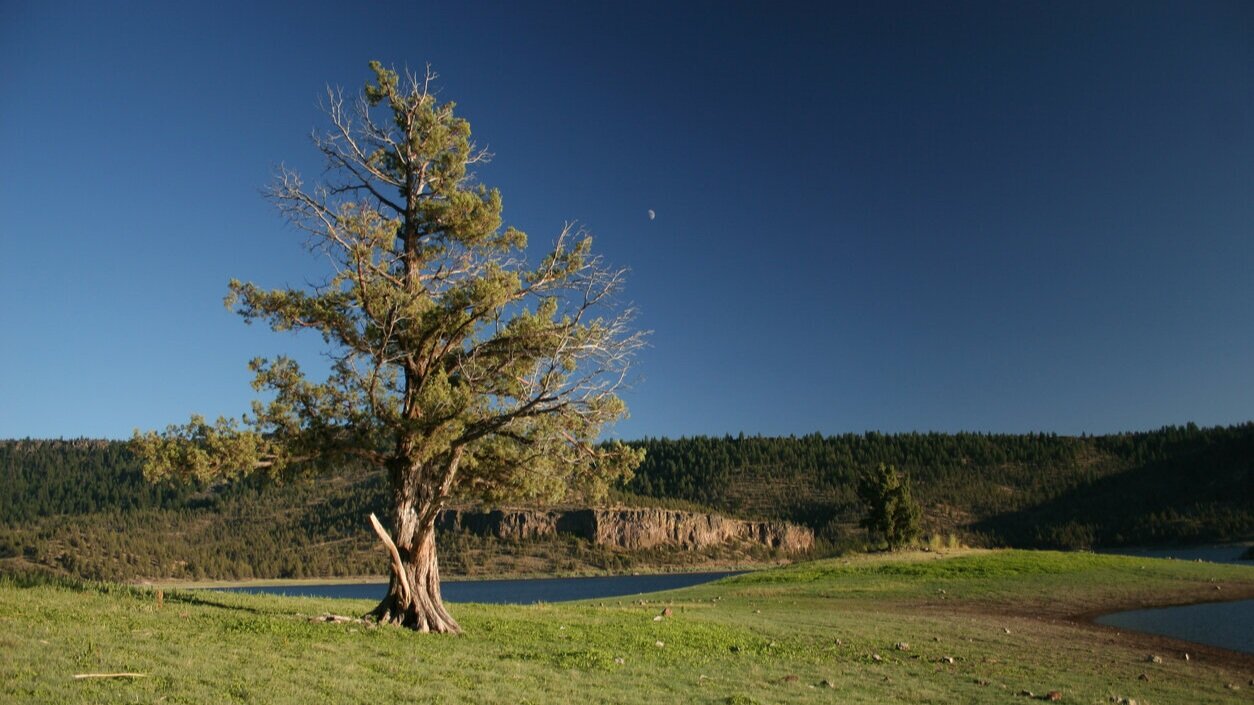The Tug-of-War for the Crooked River's water
Part 5 as we dive into U.S. Fish & Wildlife Service’s conservation plan for the Deschutes River Basin.
The Crooked River
What’s going on in the Crooked River? Uncontracted water. In this week’s exploration of the Habitat Conservation Plan (HCP), we’re looking at the water in Prineville Reservoir not under contract by Ochoco Irrigation District (OID) or other irrigators and how well it serves the biological needs of fish.
In 2014, the Crooked River Collaborative Water Security and Jobs Act (The Crooked River Act) was passed by Congress and signed into law. Under the provisions of the Act, the Bureau of Reclamation (BOR), National Marine Fisheries Service, and the U.S. Fish & Wildlife Service must meet annually to establish a release schedule for the uncontracted water in Prineville Reservoir.
The Act mandates that the releases be for the maximum biological benefit of fish in any particular water year and meet a recommended minimum flow of 80 cubic feet per second (cfs). Fish habitat studies by the Oregon Department of Fish & Wildlife in 2011 indicated that Steelhead need between 80-140 cfs for spawning and rearing. But neither the Crooked River Act nor the HCP provides any certainty for these flow rate recommendations.
The Crooked River
In the HCP, Ochoco Irrigation District claims that the responsibility to meet fish needs in most years lies with BOR under the terms of the Crooked River Act. How BOR is implementing the Act, however, creates no assurances for fish because BOR has refused to protect its releases of stored water from diversion by downstream irrigators. They could provide instream protection of the water by obtaining a secondary water right from the state.
Unfortunately, BOR releases water for fish, but much or all of it is diverted to fields rather than fish habitat in the Crooked River.
Under the HCP, Ochoco Irrigation District must “minimize and mitigate to the maximum extent practicable” the effects of their operations on Mid-Columbia Steelhead in the Crooked River. Yet, OID’s only commitment in the HCP is to provide a minimum release of 50 cfs from Prineville Reservoir when BOR cannot serve the need from uncontracted water. OID does not acknowledge, however, that without instream protection, BOR provides no assurances that fish will actually get the water released for them from Prineville Reservoir.
And who suffers from all this tug-of-war? The Crooked River and its fish. The outcome is no certainty for fish and flow rates far below the minimums their biology requires.



